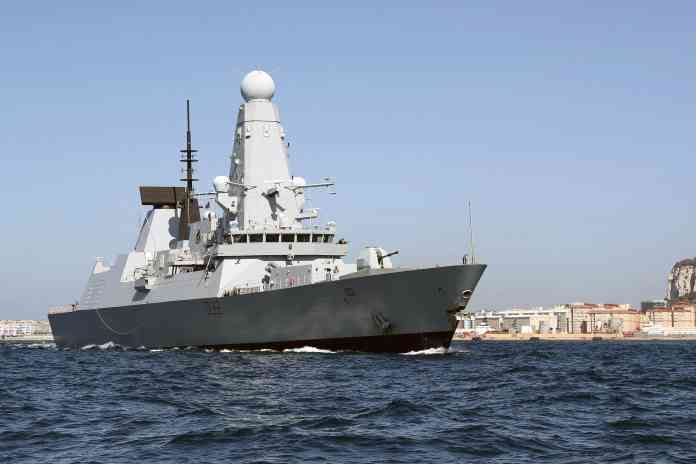Defence equipment ‘increasingly vulnerable’

The UK’s most expensive military assets including the HMS Queen Elizabeth aircraft carrier are ‘increasingly vulnerable’ to low-cost, technology-rich weapons from hostile states, a new report warns.
The report, Defence Innovation and the UK: Responding to the Risks Identified by the US Third Offset Strategy, examines the implications of the Third Offset Strategy (TOS) for the UK, which stressed the need for a step-level change in American military capabilities to counter the increasing anti-access/area denial systems being developed by potential adversary states. It has found that there are growing challenges for the UK as well as US forces, especially those concerned with force projection, both physically - on the sea, in the air, and on land - and online.
The report also recognises that an important part of the battle will be threats to the UK’s critical national infrastructure from hostile cyber operations.
In response to the TOS, the British Ministry of Defence (MoD) launched its own Defence Innovation Initiative in September 2016 and has given £800 million over a decade for basic research purposes, as well as assuring that the MoD’s core science and technology budget will be a minimum of 1.2 per cent of the defence budget.
The paper is based on a mixture of desk-based research and three-day-long workshops which brought together senior stakeholders from the governments and private sectors of the UK, US and continental Europe.
The report concludes: “The effective management of defence has never been easy and has arguably never been so demanding, given the range of challenges on the agenda, the importance of agility in the use of armed forces, and the prevalence of uncertainty and incidence of surprises. The capacity to innovate is a significant aspect of being able to deal with these issues. To maximise the UK’s potential in this area, financial changes, as well as a range of behavioural changes, will be needed.”
digital issue




















